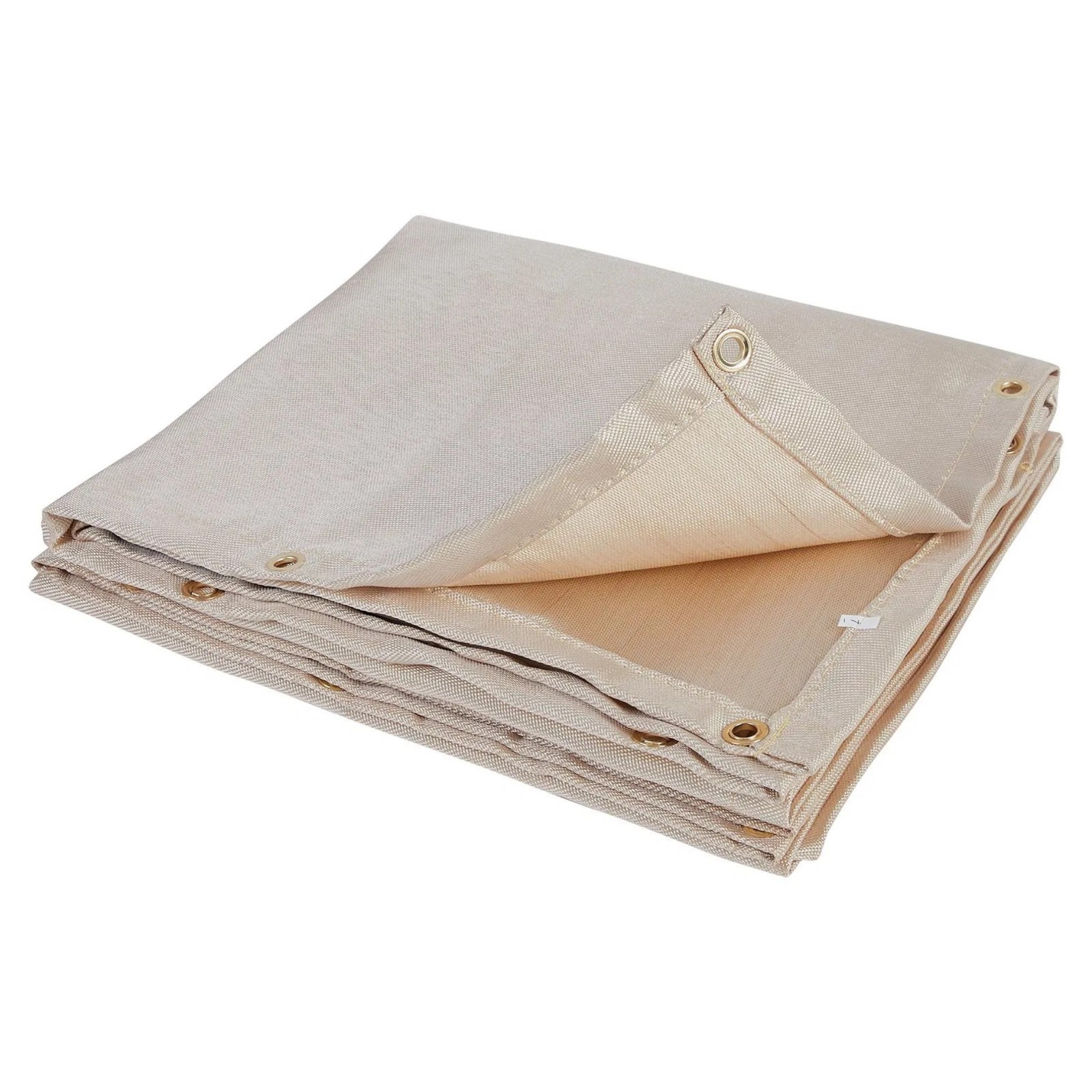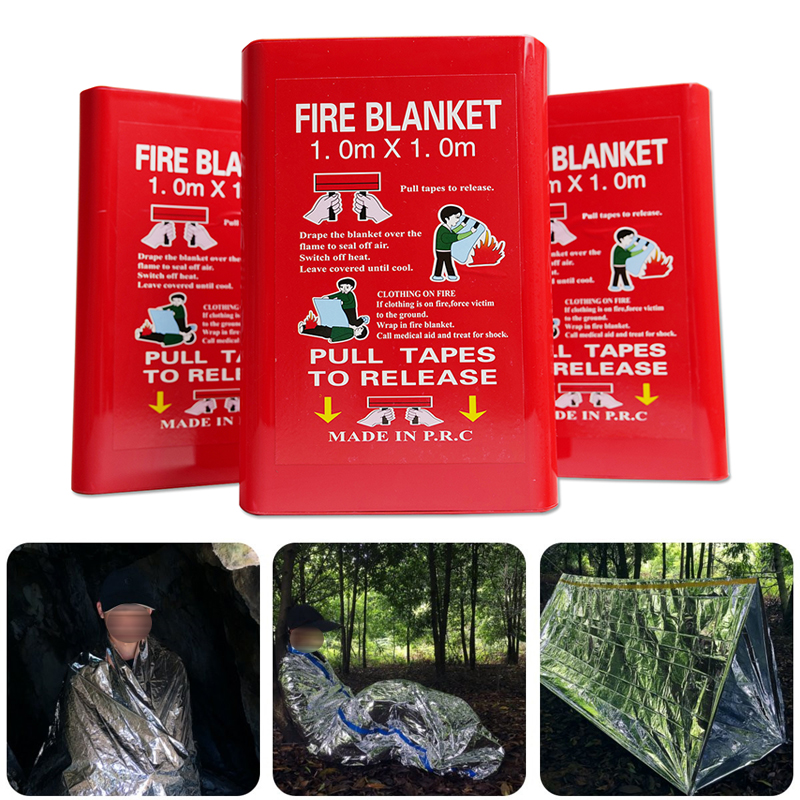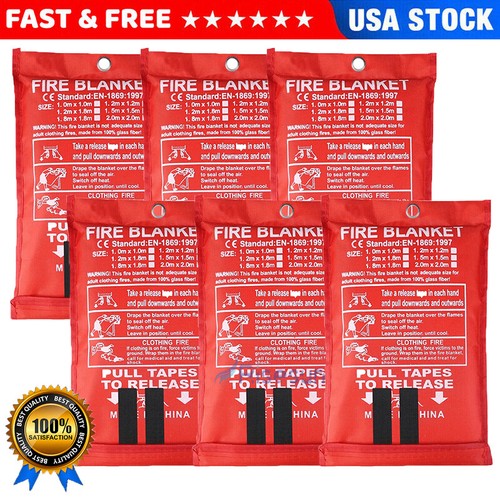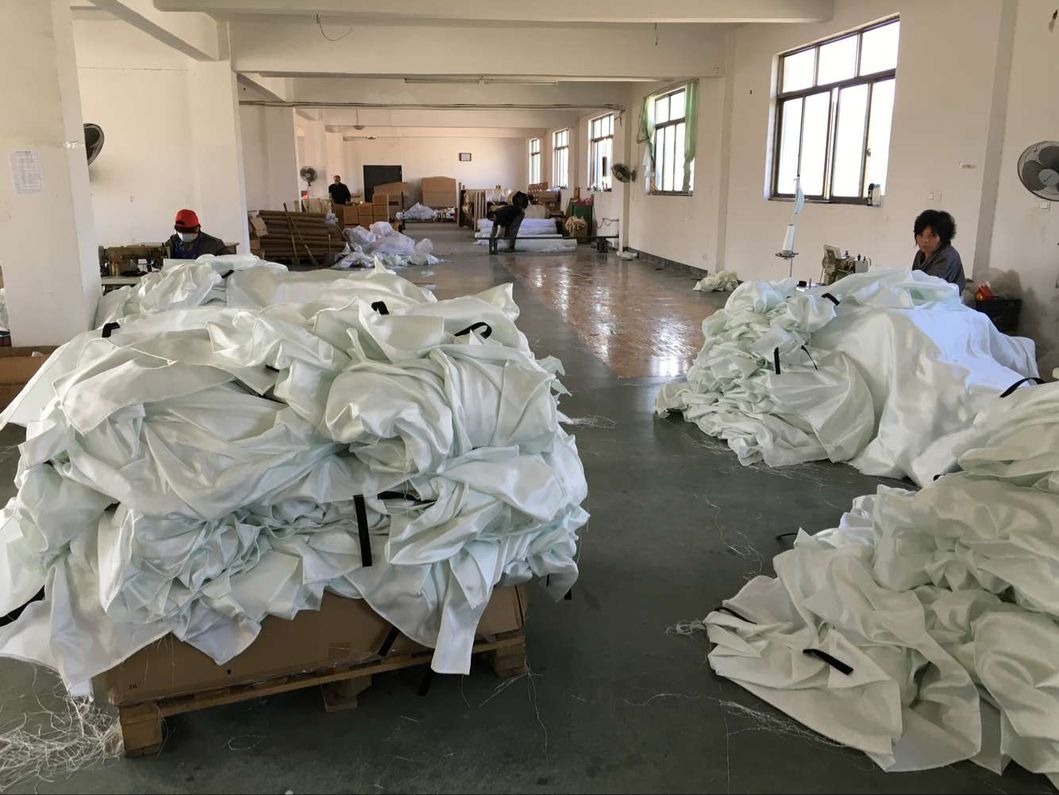Fiberglass Welding Blanket: Essential Protection for Hot Work Safety
Summary:Fiberglass welding blankets provide critical heat and spark protection during welding, cutting, and grinding. These durable, heat-resistant covers shield workers and surfaces from burns, sparks, and molten metal splatter.
What Is a Fiberglass Welding Blanket?
When you're working with high temperatures, a fiberglass welding blanket becomes your first line of defense. These specialized covers are woven from fiberglass yarns, often coated with silicone or other heat-resistant materials. Unlike regular fabrics, they can withstand temperatures up to 1,000°F (538°C) or higher depending on the specific product.
Key Benefits You Should Know
Why choose fiberglass over other materials? Here's what makes these blankets essential:
- Extreme heat resistance:Protects against direct flame contact and radiant heat
- Spark and slag protection:Contains dangerous welding byproducts
- Durability:Resists tears and abrasions better than standard fabrics
- Flexibility:Can be draped over irregular surfaces or used as curtains
- Reusable:Unlike disposable covers, these last through multiple jobs
How to Use Your Welding Blanket Properly
Simply having a fiberglass welding blanket isn't enough - you need to use it correctly:
- Inspect your blanket before each use for tears or excessive wear
- Cover all flammable surfaces within at least 35 feet of your work area
- Overlap multiple blankets if your coverage area is large
- Secure edges with weights or clamps to prevent movement
- Keep the blanket clean - accumulated debris can become flammable
Choosing the Right Blanket for Your Needs
Not all fiberglass welding blankets are equal. Consider these factors:
| Feature | Standard Grade | Premium Grade |
|---|---|---|
| Temperature Rating | Up to 1,000°F | Up to 1,800°F |
| Coating | None or basic | Silicone or vermiculite |
| Thickness | 1/16" to 1/8" | 1/4" or thicker |
| Best For | Light welding, occasional use | Heavy industrial applications |
Maintenance and Safety Tips
To maximize your fiberglass welding blanket's lifespan and effectiveness:
- Store folded or rolled in a dry location
- Brush off debris after each use - never wash with water
- Replace when you notice significant thinning or holes
- Always wear gloves when handling used blankets - fibers can irritate skin
- Keep fire extinguishers accessible even when using blankets
Common Applications Beyond Welding
While designed for welding, these versatile blankets work well for:
- Foundry work and metal casting operations
- Fireplace and wood stove protection
- Automotive exhaust system repairs
- Protecting floors during hot roofing work
- Emergency fire containment

Frequently Asked Questions
Q: Can I cut my fiberglass welding blanket to size?A: Yes, but seal the cut edges with high-temperature silicone to prevent unraveling.
Q: How long do these blankets typically last?A: With proper care, expect 1-3 years of regular use depending on exposure conditions.
Q: Are there any health concerns with fiberglass?A: The fibers can irritate skin and lungs. Always wear gloves and consider coated blankets if concerned.
Q: Can these blankets be used for electrical insulation?A: No - they're designed for thermal protection only and don't provide electrical insulation.






